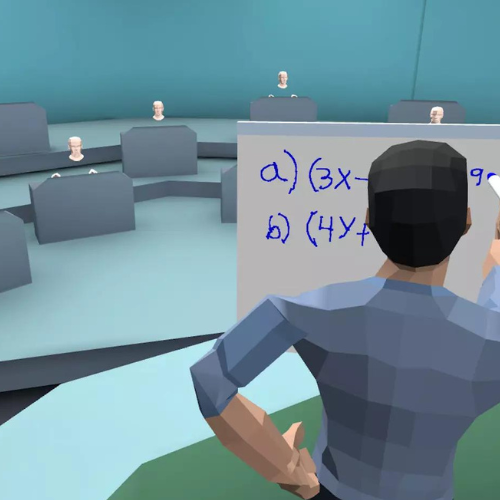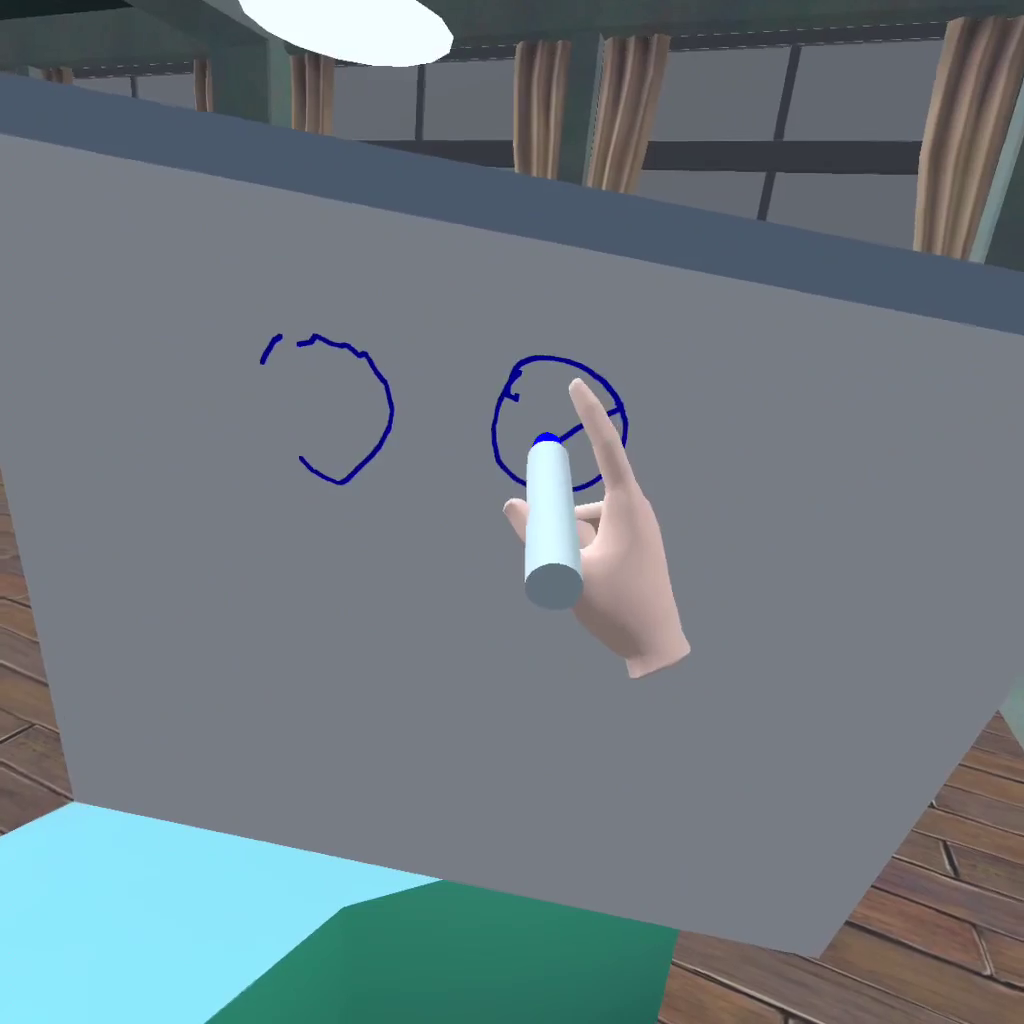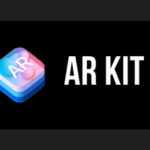School - VR
Step Into the Future of Education with VR School
An immersive virtual classroom platform that bridges the gap between teachers and students, enabling interactive learning with cutting-edge VR and AR technology.
Revolutionizing Education with Immersive Learning
“VR School” is a next-generation educational platform that transforms traditional learning into a highly interactive and immersive virtual experience. Designed to work seamlessly with various VR headsets (Oculus Quest, HP, HTC) and Android devices, this platform bridges the gap between physical and virtual classrooms, empowering educators and students alike with advanced tools for teaching, learning, and collaboration.
Tech Stack
- Unity
- React + Three.js
- Photon Networking
- Blender
- VR SDK
Challenges & Enhanced Solutions
Seamless Voice Communication
Cross-Device Compatibility
Interactive and Scalable Avatars
The School VR Future
AI Learning
AI-driven personalization for adaptive learning pathways
Multi-Language
Multi-language support for global accessibility.
STEM Education
Advanced simulations for STEM education
LMS Platform
Integration with LMS platforms like Moodle or Canvas.


Latest Tech Stack
Tech Stack
- Development Frameworks: Unity (VR/AR), WebXR API.
- Networking & Communication: Photon PUN 2, Photon Voice, Mirror Networking.
- Content Management: Firebase, AWS S3 for slide and media uploads.
- VR/AR Integration: ARKit, ARCore, Oculus SDK, SteamVR.
- Data Analytics: Python (data processing), Google Cloud AI for real-time insights.
- Cross-Platform Tools: React Native for Android integration, WebGL for browser-based VR.






Key Features & Additions
FAQ
VR School is an immersive virtual classroom platform that allows teachers and students to interact in a 3D virtual environment using VR headsets and mobile devices. It offers features like custom avatars, networked whiteboards, and voice chat for a near-real classroom experience.
VR School is compatible with popular VR headsets like Oculus Quest 1 & 2, HP Reverb, HTC Vive, and Valve Index. Students can also join using Android devices for mobile access.
Yes, VR School can be customized for various age groups, from primary school students to higher education learners, ensuring age-appropriate design and content.
Yes, teachers can upload slides and PDFs directly into VR School using their devices (e.g., Oculus Quest). These materials are displayed in the virtual environment for all students to view.
Currently, the teacher controls the whiteboard, but students can view it and participate in discussions or activities related to its content.
A stable internet connection with at least 10 Mbps download/upload speed is recommended for the best experience.
BOOK A MEETING


